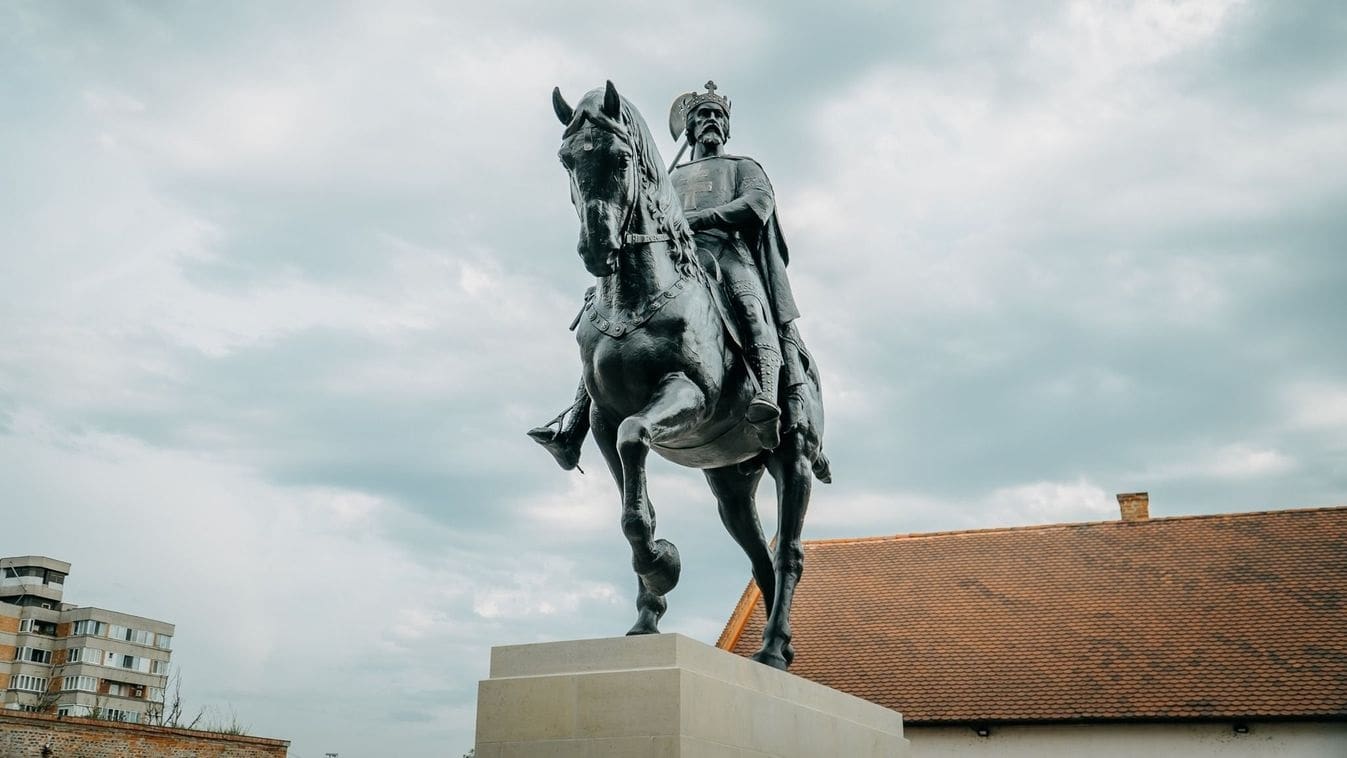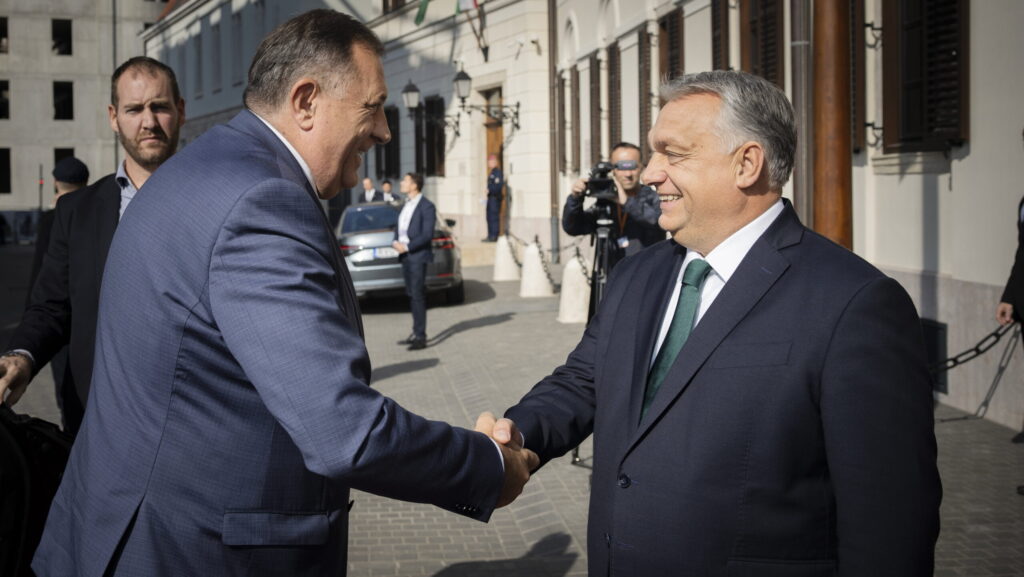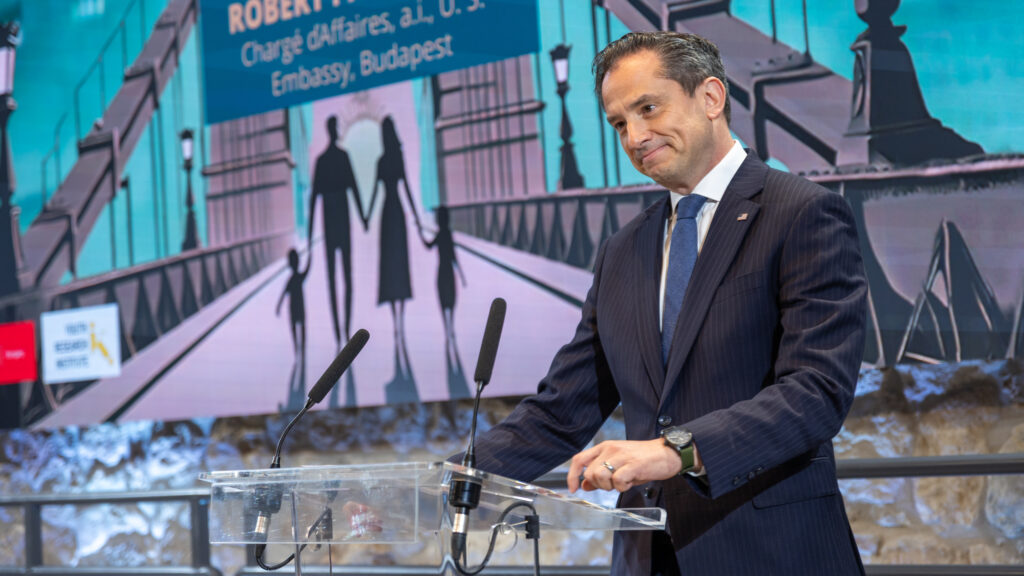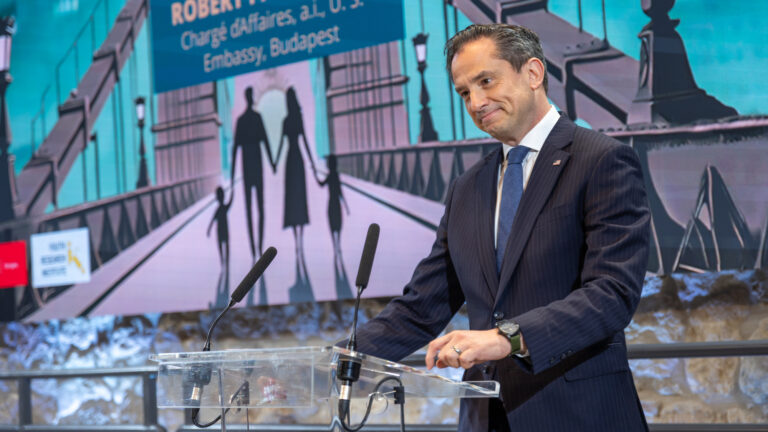Every year around 27 June, the King’s feast, the Hungarian king who was canonized in 1192 is commemorated in Nagyvárad (Oradea), Romania and Győr, Hungary during the days of St Ladislaus. This is no coincidence, as he was buried in Nagyvárad, and there were two statues of him on public display in the city in the Middle Ages. His equestrian statue, destroyed during the Turkish occupation, was re-erected last year. His reliquary, originally kept in Várad, is now on display in the Győr Cathedral.
The frescoes of churches and the legends of the Hungarian kings most often depicted on coins have been part of common parlance since the Middle Ages. In the person of Ladislaus the country was led by a ruler with a European vision, unmatched in his successes as a politician, church leader and military leader. The question is,
why was it necessary to make him the cleary fictitious leader of a crusade, too1?
The first units of the First Crusade, and then the main army led by Godfrey of Bouillon, did cross the Hungarian Kingdom, but by then King Coloman, the successor of Ladislaus, was sitting on the throne. It was also well known that the only Hungarian-led crusade to the Holy Land was launched in 1217 under King Andrew II.
Yet Hungarian medieval narrative sources record one more. They tell an interesting and controversial story about King Saint Ladislaus (reigned 1077–1095). According to the Hungarian chronicle and the legend of the saint, the Hungarian king was called upon to lead the First Crusade (1096) ‘in order that where the blood of our Lord Jesus Christ was shed for our redemption, he might himself fight against the enemies of Christ's cross at the cost of his own blood. And the leaders of the Franks, of the Lotharingians, and of the Alemans…all together and of one accord decided to elect the pious King Ladislaus rightly as their proper leader and commander’, but a sudden illness and Ladislaus' subsequent death prevented him from doing so2.
Given the fact that the Hungarian king died on 29 July 1095, almost half a year before the first Crusade was announced at the Council of Clermont in November 1095, modern scholarship quickly lost confidence in the historicity of the account.
There were those who tried to explain the story in terms of King Ladislaus's supposed pilgrimage to the Holy Land. A critical reading of the story has now become generally accepted, placing its origin to decades later. The question is whether it can be linked to the reign of King Béla III (reigned 1172–1196) or King Andrew II (reigned 1205–1235). There are strong arguments in favour of both rulers. During the Third Crusade, Béla III supported the Crusaders' march through Hungary, who were then joined by a large Hungarian force. The most significant argument, however, was that King Béla failed to fulfil his crusader vow, which, like in the case of King Ladislaus, was prevented by his death. He bequeathed the vow to his sons, including the future king, Andrew II. What makes Andrew II the more likely option is that he delayed the launch of the campaign for many years, from his father's death until 1217.
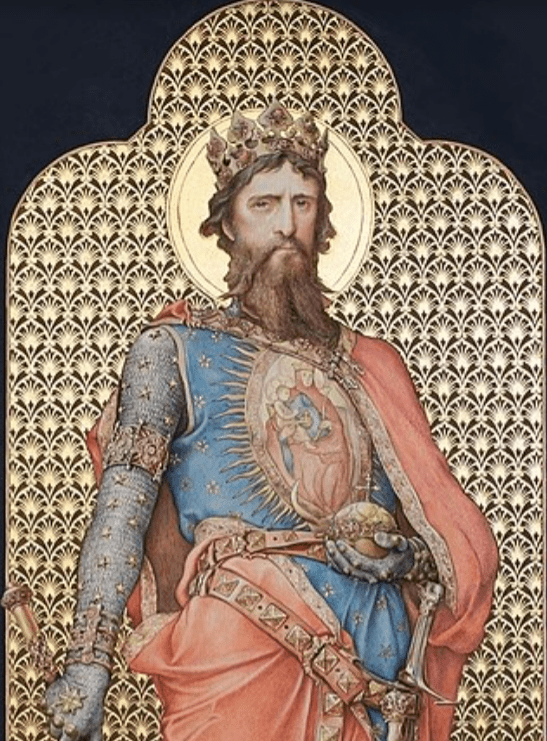
So it was perhaps in defence of this procrastination that the unrealized campaign of Ladislaus was inserted into the legend of the holy king. Moreover, the text of the Hungarian chronicle calls Andrew II, just like Ladislaus, the leader of the crusaders. We also know that Andrew II was right to regard the king, who had been canonized a few decades earlier, as a role model. It is no coincidence that he had Nagyvárad in mind as his burial place. Perhaps it is no coincidence either that King Andrew stopped in Zagreb in 1217 on his way to the seaport of Spalato (Split) to attend the re-consecration of the cathedral founded by St Ladislaus.
Yet the canonization of King Ladislaus in 1192 may have been closely linked to the policy of another Hungarian king, Béla III, who supported the crusades. It is reasonable to assume that the fictitious crusading merits of the King may have already been mentioned in their appeal to the Pope for canonization. The Hungarian clergymen could rightly have thought that there was no premonitory chronological obstacle, as they were hardly aware of the exact date of the Council of Clermont.
The 12th century is known to have been the century of the crusades, alongside the struggle between the papacy and the Holy Roman Empire. Until the disastrous defeat of the crusaders at Hattin (1187), the euphoria of the first campaign and the capture of Jerusalem, as well as the belief that Christian conquests could be maintained, lived on. The process leading to the canonization of another Hungarian king was greatly accelerated by the Battle of Hattin in the summer of 1187 and the fall of Jerusalem on 2 October. These required an immediate response from the Christian world, and indeed Pope Gregory VIII issued his mobilizing crusade bull at the end of October.
Once again, the crusaders' overland route took them through the Kingdom of Hungary.
For the papacy, winning over Hungary, which was a middling power at the time, was of great importance, either as a potential participant or as a staging area. Western rulers did indeed approach the Hungarian king with letters requesting support for their march, of which the letters of King Henry II of England and the Marquis of Montferrat have survived, while the Archbishop of Mainz himself prepared the route for the German Emperor's army. Emperor Frederick Barbarossa placed the cross in the cathedral of Mainz in March 1188.
King Béla III's vow of crusade is difficult to link to a single event, but it was obviously closely connected to the events that followed 1187. The fact that King Béla did not keep pace with the crusaders passing through in 1189 is well explained by the complex nature of the Hungarian-Byzantine kinship and political relations. This did not, however, prevent his widow Margaret of France, daughter of King Louis VII of France, from making a pilgrimage to Jerusalem after his death, where she died in 1197.
The Hungarian king's envoys probably arrived in Rome between 1188 and 1189 with a request for canonization and the text of the legend. The Hungarian Royal Court received a supportive reply from Pope Celestine III in 1191. The arrival of the papal legate in the kingdom in 1192 may have coincided with the canonization of St John of Trogir and St Ladislaus of Várad.
Surprisingly, no papal bull has survived of either canonization, which makes some modern scholars doubt their occurrence. Yet it can be assumed that both were notable ecclesiastical and secular events, taking place in the presence of a wide range of kings and prelates at Várad. The secular rulers sought to personally participate in the canonizations and the transfer of relics, the translations, as in the case of Edward the Confessor. A royal privilege given to the craftsman who opened the tomb in recognition of his merits is an indication of the solemnity of the event.
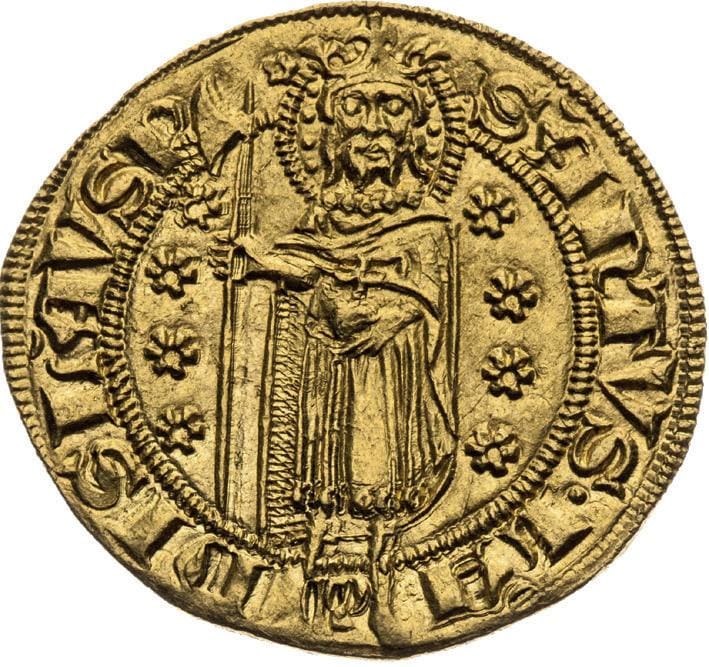
The clerics of the Hungarian royal court deliberately created a link between King Ladislaus, who died in the year the First Crusade was announced, and King Béla III of Hungary, who reigned during the Third Crusade, and whose similarity in stature would have been obvious to contemporaries. Unsurprisingly, several canonizations were closely linked to the launch of the Crusades, including the canonization of the German Emperor Henry II in 1146 for the Second Crusade and Otto, Bishop of Bamberg, in 1189 for the Third Crusade3.
The explanation for the canonization and the vow of the cross of Béla III can be found in international politics and the king's deep personal religiousness. It was never easy to gain Rome's support for the canonization of kings, especially if they were not martyrs, because of their political legacies weighing on their cases. Typically, during the papacy of Alexander III, there were only three examples of this, recognizing the merits of the rulers and dynasties of the countries that supported him. These included King Edward of England (1163) and Prince Canute Lavard of Denmark (1169/1170). Pope Celestine III, however, canonized only one king, Ladislaus of Hungary, although he was one of the popes granting the most canonizations in the duration of his papacy. In 1165, Charlemagne was canonized in Aachen in the presence of Emperor Frederick Barbarossa I, but Rome considered this a provocation and refused to recognize it.
So, how did Ladislaus become the most popular warrior saint in Hungary?
The 12th and 13th centuries were clearly the age of the crusader ideal and the crusades, whose ideals were probably aligned with St Ladislaus’ character. The surviving accounts of the canonized king's battles and campaigns could easily be transformed by the pen of court scribes into an image of the chivalric ideal, making him, as he was described, a 'pillar of Christian chivalry'. Miklós Zrínyi, the poet and general, whose middle name was László (Ladislaus), in a Latin speech delivered on 27 June 1634, encouraged his compatriots, who were under attack by the Ottomans, with an idealized image of the king: 'the extinct Roman virtue…would have risen in this valiant man, who, often without his armies, first and alone in the front line, tamed the enemy, and, to the reassurance of his own, and to the encouragement of the country's men, this fearless hero won a victory and drove the enemy away.'
The idea that King Ladislaus was called upon to become a crusade leader was a firm part of Hungarian tradition until the end of the 19th century. It was even immortalized on the embossment by the Italian sculptor Marco Casagrande (1844) in the Esztergom Basilica, while in the representative 19th century picture book of Hungarian history it is listed among the 17 most important events4. The wavering of the crusading legend did not undermine the veneration of Ladislaus.
After World War I, the independent Hungarian Defence Forces naturally relied on Ladislaus as a role model. A statue of the king was erected at the Military Academy, and in World War II, a regiment was named after him. In today's Hungarian Defence Forces and Border Guard the King's memory was revived after the change of regime, and he is once again the patron saint of the infantrymen and border guards.
Related articles:
1 Gábor Klaniczay, Holy Rulers and Blessed Princesses. Dynastic Cults in Medieval Central Europe, Cambridge, 2002, pp. 173–194
2 Gábor Klaniczay et al. (eds.), The Sanctity of the Leaders. Holy Kings, Princes, Bishops and Abbots from Central Europe (11th to 13th Centuries), transl. Cristian Gaşpar, Budapest–New York, 2023, pp. 429-431.
3 John Eldevik, ‘The Nachleben of an Ottonian Monarch: the Canonization of Henry II and Crusading in the Twelfth Century’, read at the New College Conference on Medieval and Renaissance Studies, Sarasota, FL, March 6–8, 2014, https://www.academia.edu/30203919/The_Nachleben_of_an_Ottonian_monarch_the_Canonization_of_Henry_II_and_Crusading_in_the_Twelfth_Century, accessed 01.06.2023.
4 Peter Johann Nepomuk Geiger, Képek Magyarország történetéből (Bilder aus Ungarns Geschichte), 3rd ed., Budapest, 1873.

